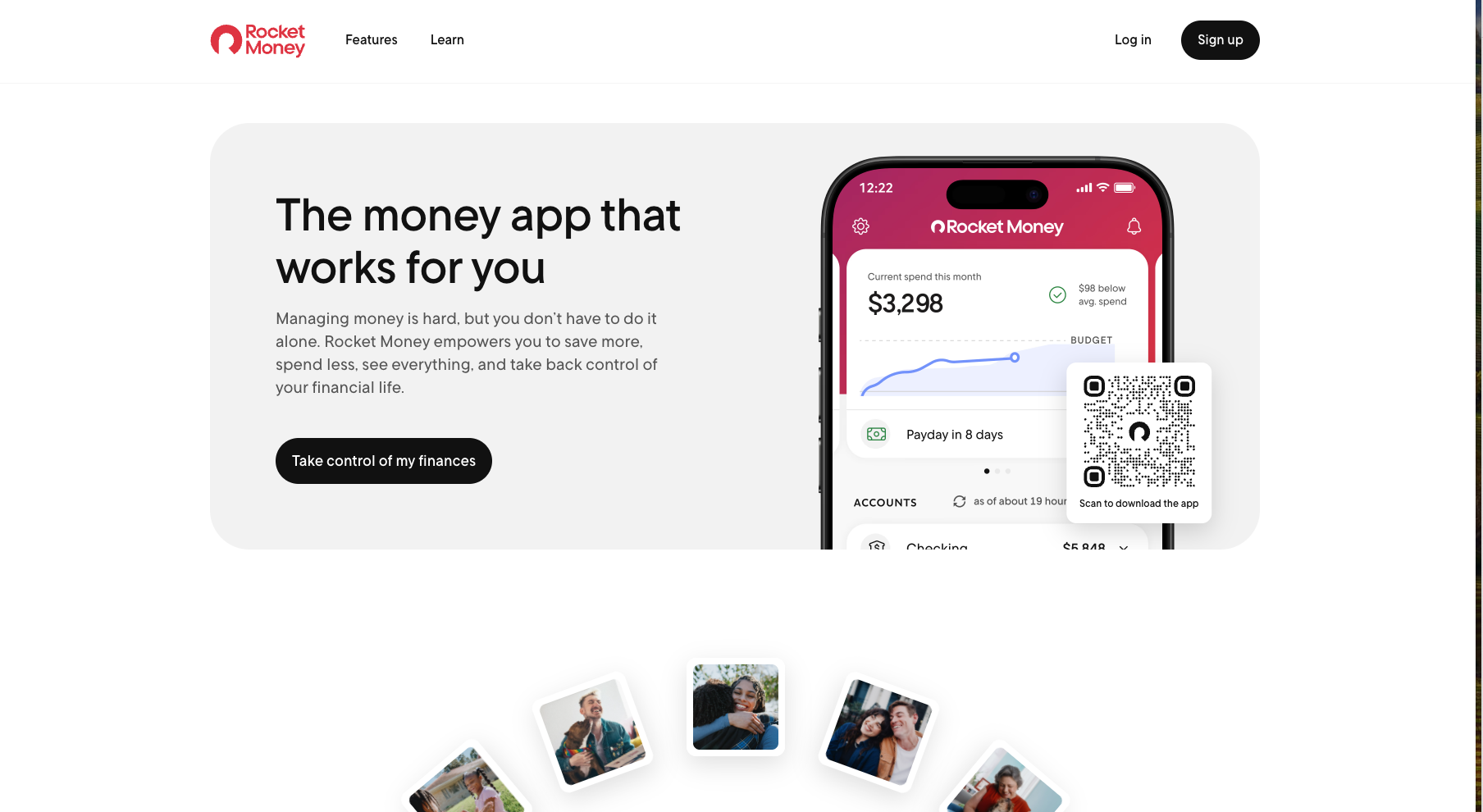How to Save Money on Groceries in 2025: 15 Tips You Should Try
Want to know how to save money on groceries? Plan meals, use coupons, buy in bulk, switch to store brands, and shop sales to cut costs in 2025!

Let’s be real—grocery prices are out of control. If you’ve been feeling the pinch at checkout, you’re not alone.
While food inflation is expected to moderate in 2025, grocery prices are still projected to rise by 0.8% this year (according to profarmer.com), making every dollar count more than ever. But the good news? There are plenty of ways to cut your grocery bill without sacrificing quality or nutrition.
Whether you're feeding a family or just trying to stretch your budget, these 15 smart grocery-saving tips will help you save more and stress less.
1. Pre-Plan Your Meals
Impulse purchases add up fast. Planning your meals for the week helps you buy only what you need and reduces food waste. Use a simple meal-planning app or jot down a list before heading to the store.
2. Stick to a Grocery List
Retailers design stores to make you buy more than you planned. A list keeps you focused and less likely to grab unnecessary (and expensive) extras.
3. Shop Your Pantry First
Before hitting the store, take inventory of what you already have. You might be surprised how many meals you can make with what’s on hand.
4. Buy in Bulk (Smartly!)
Warehouse stores and bulk sections can save you money—but only on things you actually use. Stick to bulk purchases for non-perishables like rice, pasta, and canned goods.
5. Switch to Store Brands
Generic and store-brand products are often just as good as name brands, but they cost 20-30% less. Give them a try—you might not even notice the difference.
🤑 Need a Cash Advance? 🤑
Quick and reliable cash solutions with our top Cash Advance Apps.
6. Use Cashback and Rebate Apps
Apps like Ibotta, Fetch Rewards, and Rakuten give you cashback on groceries. It’s free money for things you’re already buying.
7. Take Advantage of Coupons and Digital Deals
Many stores offer digital coupons on their apps. A few minutes of clipping before you shop can save you $5–$20 per trip.
8. Shop at Discount Grocery Stores
Aldi, Lidl, and other discount chains offer big savings without sacrificing quality. If you haven’t checked them out yet, now’s the time.
9. Buy Seasonal Produce
Out-of-season fruits and veggies are more expensive because they’re shipped from far away. Buying in-season means fresher produce at lower prices.
10. Use the Freezer Wisely
Stock up on meats, bread, and produce when they’re on sale and freeze them for later. This prevents waste and lets you take advantage of great deals.
11. Limit Pre-Packaged and Convenience Foods
Pre-cut fruit, shredded cheese, and individually wrapped snacks cost way more than whole ingredients. Spending a few extra minutes prepping food yourself can save you big.
12. Cut Back on Meat (Without Sacrificing Protein)
Meat is often the most expensive part of a grocery bill. Try incorporating more plant-based meals (beans, lentils, tofu) a few times a week to cut costs without losing nutrition.
13. Don't Shop When You’re Hungry
It sounds simple, but shopping on an empty stomach leads to more impulse buys—and they’re usually the most expensive items.
14. Check Unit Prices, Not Just Sticker Prices
Bigger packages aren’t always the best deal. The unit price (cost per ounce or pound) helps you find the best value.
15. Set a Grocery Budget and Stick to It
Track your spending with a budgeting app or an old-school envelope system. Knowing your limit helps you shop smarter and avoid overspending.
Example of a Budget Friendly Grocery List
| Category | Item | Budget-Friendly Options |
|---|---|---|
| Grains | Rice (5 lbs) | Store brand or bulk purchase |
| Grains | Pasta | Store brand or bulk buy at Costco/Sam’s |
| Proteins | Eggs (dozen) | Buy in bulk at warehouse stores |
| Proteins | Chicken (whole or thighs) | Frozen or on-sale fresh packs |
| Proteins | Beans (canned/dry) | Dry beans are cheaper per serving |
| Proteins | Ground turkey | Often cheaper than ground beef |
| Dairy | Milk (gallon) | Store brand or powdered milk |
| Dairy | Cheese (block) | Cheaper than pre-shredded |
| Fruits & Veggies | Frozen mixed vegetables | More affordable than fresh, lasts longer |
| Fruits & Veggies | Bananas | One of the cheapest fresh fruits |
| Fruits & Veggies | Carrots | Buy whole instead of baby carrots |
| Fruits & Veggies | Potatoes (5 lbs) | Versatile and budget-friendly |
| Pantry Staples | Peanut butter | Store brand or buy in bulk |
| Pantry Staples | Oatmeal | Buy large canisters instead of packets |
| Pantry Staples | Flour | Great for homemade bread or baking |
| Pantry Staples | Canned tomatoes | Store brand or bulk purchase |
| Snacks | Popcorn kernels | Cheaper than microwave popcorn |
| Snacks | Yogurt | Buy large tubs instead of individual cups |
Final Thoughts: Saving on Groceries Is Possible!
Times are tough, but you’re not in this alone. With a few smart shopping strategies, you can slash your grocery bill without sacrificing quality or nutrition. Try a few of these tips on your next shopping trip and start seeing the savings add up.
Need some quick cash? Check out some ways you can earn some extra cash!
🚗 Save on Car Insurance Today 🚗
Compare rates from over 50 trusted providers like Progressive, Travelers, and Nationwide. Find your best deal and start saving now!
FAQs
1. What is a good monthly grocery budget?
A good grocery budget depends on household size and location. According to USDA’s 2025 guidelines, a budget-conscious food plan for a single adult costs around $275–$325 per month, while a family of four spends $975–$1,150 on a tight budget. If you prefer a moderate plan, expect to spend $1,250–$1,500 for a family of four.
2. How can I make my grocery bill cheaper?
- Use a meal plan to avoid impulse purchases.
- Buy in bulk for non-perishables like rice, beans, and pasta.
- Shop sales and use apps like Flipp or Grocery Outlet.
- Limit pre-packaged foods—fresh and frozen produce often cost less.
- Go meatless a few days per week—beans and lentils are significantly cheaper.
- Stick to discount stores like Aldi and Costco for better deals.
3. How do you get coupons on groceries?
- Digital Coupons: Download store apps (Kroger, Safeway, Target) for weekly discounts.
- Coupon Websites: Sites like Coupons.com and Ibotta offer cashback and printable coupons.
- Loyalty Programs: Enroll in rewards programs at major grocery chains for exclusive savings.
- Sunday Newspaper Inserts: Traditional paper coupons are still a great way to save.
4. How to make money quickly for groceries?
- Sell unused items on Facebook Marketplace or eBay—electronics, clothes, and furniture sell fast.
- Do quick gig work like DoorDash, Instacart, or TaskRabbit, earning $15–$25/hour.
- Try out cash advance apps like True Finance or Klover, which offer interest-free cash advances to cover short-term expenses.
- Donate plasma—payouts range from $40–$100 per visit at centers like CSL Plasma.
- Freelance small tasks on Fiverr or Upwork for writing, graphic design, or simple jobs.
5. Can you get money back from grocery shopping?
Yes! Apps like Ibotta, Fetch Rewards, and Rakuten offer cashback on groceries. For example, Ibotta users can earn $20–$50 per month by scanning receipts. Some credit cards, like the Amex Blue Cash Preferred, give up to 6% cashback at supermarkets.
📢 Related Money-Saving & Finance Guides:
Want to save more and spend smarter? Check out these must-read articles on rising prices, membership savings, and making quick cash!


